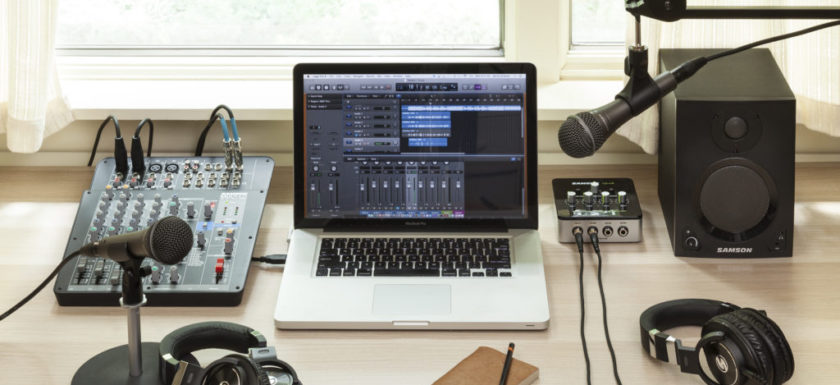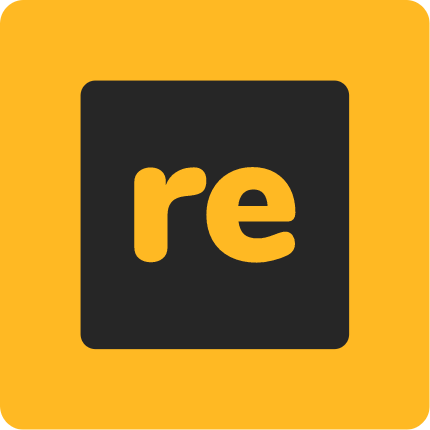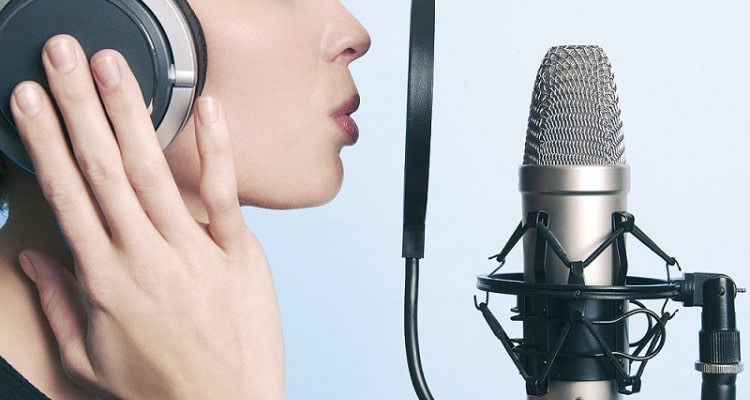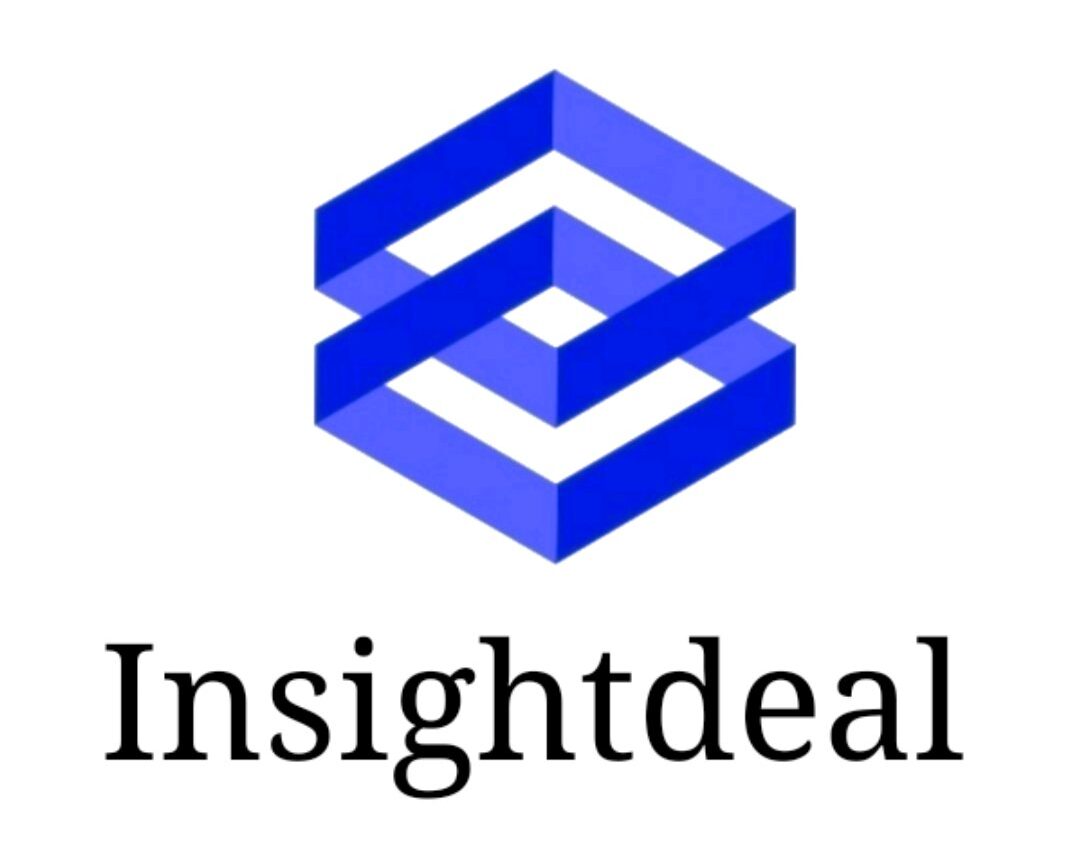Follow these steps to start your own podcast for your business.
Many of us want to start a podcast business but we don’t know how to start a podcast business, here we give you tips on how to start your podcast business.
Many of us have made the long commute to work more bearable by buffering the departure and arrival with a podcast or both. Some of us have compensated for the sense of isolation felt as new parents by consuming manageable chucks of podcasts during baby’s sleep time. And who hasn’t tried to cut through the boredom – and worry – of waiting to see a doctor by losing themselves in a podcast? Podcasts can be sanity savers, informative, educational, inspiring, or just plain fun.

As a result of its versatility, this form of media has grown in popularity since its inception in 2005. In fact, today, there are some 850,000 active podcasts, with over 10 million episodes produced. Nearly 11% of India. the population has listened to a podcast, up 7% from just last year. Listeners enjoy an average of seven shows per week, with 80% listening to all or most of each podcast episode.
Given podcasts’ ability to attract and keep an audience, it’s no surprise that business owners, entrepreneurs, and marketers are looking to capitalize on the popularity of this medium. As a podcaster, you can position yourself as an authority in a particular topic or field, which will help you influence clients and customers in ways that encourage them to purchase your products and services, invest in your business, or promote you to their peers. And all of this can be done on the cheap, because in most cases, creating a podcast does not require a significant financial investment.
Although you may be an expert in your industry, perhaps you are not quite sure where to start when it comes to creating your own podcast. To help you avoid common rookie mistakes, we spoke with experts to get advice and recommendations on how to get started.
Here is our beginner’s guide to starting a podcast.
- Basics
- Find your niche
- Choose a name
- Select a format
- Define your style
- Decide on the length
- Figure out the frequency
- Equipment
- Microphones
- Recording and editing
- Conducting interviews
- Voiceovers
- Music
- Cover art
- Hosting
- Launch and promote
- Resources
- Benefits
Podcast basics
For the newbie, a podcast is an audio series that is available online. Similar to a TV or radio show, it’s made up of episodes and seasons. Listeners can subscribe to specific podcasts, download episodes as they become available, and listen to them whenever and wherever it’s convenient for them. Tuning in to a podcast only requires a smartphone, tablet, or desktop computer.
Find your niche
The first step is deciding what you’d like the focus of your podcast to be. You need to find a happy medium between a topic that is broad enough that you can explore many different aspects of it, and one that is narrow enough to attract an audience with that specific interest.
Don’t try to be everything to everybody, advises includes guiding clients on how to start, improve, and be interviewed on podcasts.

“By showcasing quality content targeted to a specific group of people who want that content, you’ll find your voice and start to grow your audience,”
If your industry is underserved in the podcast universe, it’s likely that there are listeners out there who are hungry for information and actively searching for new content. Carve out a topic niche in which you can easily and authoritatively speak for long stretches in language that’s informal and engaging.
Choose a name
There are a couple of ways you can select a name for your podcast. You can come up with a descriptive title that is self-explanatory. Another option is to create something really clever and catchy, but just make sure it offers a clear connection back to your niche. The name needs to be instantly recognizable to listeners looking for info on your topic.
Though tempting, avoid incorporating your own name into the title. This only works if you already have huge name recognition amongst your audience. For some inspiration on choosing a name for your podcast,
Select a format
There are many types of podcast formats – the most common include solo shows, co-hosted shows, and interview shows. The solo show involves the podcaster speaking directly to the audience. With a co-hosted show, you share the mic with another presenter. In an interview show, you speak with guests, which you can do solo or with a co-host.
Regardless of which arrangement you prefer, what matters most is finding a format that lends itself to exploring your subject matter.
“In the end, it’s about having a message that resonates with your audience, not the number of voices delivering it,
Define your style
The most successful podcasts provide targeted content in a conversational, engaging style. Podcasting is no place for a teleprompter. A short topic outline might prove helpful, but successful podcasters don’t use scripts, because they lead to stilted language that doesn’t resonate with listeners. Podcasts that feel like an advertisement or resemble college lectures won’t cut it either.
Be authentic. Talk about what you know, using essentially the same words and tone you normally use when conversing with a close friend. Successful podcasts allow listeners to get to know the podcasters.
Decide on the length
The length of your podcast is determined by how much you have to say on a topic and the needs of your audience.
There are five-minute podcasts that appeal to a certain kind of listener and four-hour podcasts that offer in-depth coverage of a particular issue. The typical podcast tends to be 20-45 minutes, typically the same length as the average commute. Find what works for you, and don’t be afraid to vary the length when necessary. What you don’t want to do is stretch out material to fit a rigid timeframe or, conversely, cram so much information into an episode that it overwhelms listeners.
The objective of a podcast is to connect with listeners and build a community over time. People will invest their time to listen to what you have to say, so make it worth their while.
Figure out the frequency
Your content will determine how often you release new episodes. However, if you are trying to build a brand or gain traction with a following, consider recording and issuing an episode each week.
To avoid feeling overwhelmed and hurriedly producing new episodes, Spencer recommends creating a few episodes before you launch.
Equipment
You don’t need a professional studio with fancy equipment to record a podcast. All that’s required is a laptop or tablet, audio recording and editing software, and a high-quality microphone to record the audio. Check Equipment list

Microphones
Using a poor-quality mic may result in lack of audio crispness and clarity that will brand your podcast as amateurish. Look for a USB microphone that plugs into the USB port of your computer. Do not use your computer’s built-in microphone.
There are some basic microphones on the market for under $100, but if you’re serious about podcasting, you’ll want to budget for a higher-quality model. Many podcasters swear by Blue Yeti USB or Audio-Technica microphones. You can also browse mics (and chat with customer service representatives) at online retailers like Amazon to see the full range of available options.
Condenser microphones, such as the Blue Snowball iCE, also provide rich sound and are quite popular. Be sure to buy enough microphones in case you have several speakers or guests. Consider purchasing a pop filter to muffle or reduce the clicking and smacking sounds people make when speaking normally into a microphone.

Ideally, audio should be recorded in a quiet area, away from cars and nature noises. To reduce the time you’ll spend editing each podcast, consider sectioning off the room and adding dense, sound-absorbing materials. Some podcasters record in a closet, where carpeted floors and hanging clothing absorb ambient sounds. You can also check out these pop and reflection filters.
Recording and editing
You’ll need audio software to create your podcast. If you own a MacBook or iPad, you are already ahead of the recording and editing game. Apple’s laptops and tablets typically come equipped with Recast Studio, a professional-level studio editing application that’s free and easy to use. Two useful YouTube tutorials on how to use Recast Studio to create a podcast can be found here and here.

For PC users also, WebApp like Recast Studio. and is free, and it’s also available for a monthly subscription. You can find a comprehensive beginner’s guide for beginners’ guide specifically for podcasting here. Access a tutorial on how to edit a podcast with Recast Studio here
Conducting interviews
If you are interviewing guests on your show, you’ll need to put together a list of potential guests and reach out to them as soon as possible. A service like Acuity Scheduling avoids all the back-and-forth involved in scheduling. People can book a date and time to be interviewed directly within your calendar.
If you have remote guests, Skype lets you record calls, and the quality is much better than landlines, plus the connections are usually strong. However, there are tons of tools on the market for recording podcast interviews you can check out, including Ringr, Zoom, and Zencastr.
Beyond the tech tools necessary to record interviews are the skills you’ll need to elicit information from your guests. As an interviewer, you need to build a rapport with guests that is natural and fluid while still keeping them on topic.
Additionally, interviewers need to be ready to challenge or call out a guest’s comments or assertions when necessary. This is uncomfortable for new podcasters, but it’s key if you want to establish long-term credibility.
Voiceovers
An intro is a short voiceover, usually with music, that introduces each podcast episode and the host(s) at the beginning of the show. Outros thank listeners and direct them to your website at the end. You can record these yourself, or hire a professional voiceover actor or actress to record them through a service like Music Radio Creative.

An intro and outro for your podcast add personality and professionalism. They can be creative and fun, but most importantly, they should make a good first impression, reassuring listeners that they made the right choice in selecting your podcast and that you are going to deliver.
Music
You want music in the intro and outro that suits the personality of your show. However, don’t use copyright-protected music without permission ‒ it’s a severe violation that will get you kicked off iTunes or Spotify.
One of the most extensive libraries of free-to-use music, also known as creative commons, is Incompetech. However, because the music on this and similar sites is free, it’s very commonplace and used extensively. If you have some money in your budget, you can get royalty-free music for a one-time fee at Jamendo. You also can access thousands of music tracks through the monthly subscription service Audioblocks.
Another creative, budget-conscious option is having a local band or musician compose something specific for your show, or ask if you can use a clip from one of their existing songs. This partnership provides you with original music while offering the artist some exposure.
Cover art
Your podcast cover art is the first thing listeners will see when looking through podcast directories like iTunes or Google Play. Your cover art should be 1400 x 1400 pixels, in JPG or PNG form, and under 500KB to meet iTunes’ specifications.
Podcast artwork should visually communicate the subject of your podcast, include your logo (if you have one), and use simple fonts and high-quality images. Remember, your listeners will see the image in a much smaller format, so keep it clean and uncomplicated.
You can use stock images to create cover art on platforms like Canva or Snappa, or you can pay for custom art through sites like 99designs, Podcast Designs, or Fiverr. Of course, you also can design it yourself, or ask an artistic friend or colleague to do it.
Hosting
Once you edit the audio, and add images and music for the podcast intro and outro, you’re ready to export the finished podcast to your website and the distribution platforms of your choice.
Many novice podcasters assume that you upload your podcast directly to places like iTunes. However, you need to create an account with a media host, which is a subscription service that stores your audio files. In addition to housing your audio files, a hosting service provides stats, marketing tools, and podcast websites while also serving as a link between you and podcast directories like iTunes.
Podbean and Transistor tend to be favorites among podcasters, but there are many other hosting services, including Captivate.
“They make it easy to upload your audio file, add show notes and get your podcast to the places where people will be listening.
After you have your web hosting squared away, your media host will provide you with an RSS feed, which is basically a URL. This is the feed you’ll submit to platforms like iTunes and Spotify. You can then publicize your RSS feed to listeners so they can find, download and subscribe to your show.
Make sure your podcast landing page on these platforms includes podcast art that reflects the look and feel of your podcast. Platforms such as iTunes pay attention to details like artwork and podcast description text.
Launch and promote
To generate buzz on launch day, have several episodes already completed and uploaded. Announce the launch in advance to your business network via email and social media. You want to build an audience before you launch. To improve your chances of being noticed and possibly featured by iTunes, encourage new listeners to subscribe to your podcast and leave a review.
To get the most out of your podcast, think of ways you can repurpose your podcast content on your blog and social media channels. Also, be open and willing to learn about your listeners’ needs by the way they respond to your content. This is especially important if your listeners are current or potential customers.
Podcast resources
Though podcasting may be intimidating, there are support systems to help newcomers succeed.
“The best thing for every newbie to know about starting a podcast is that other podcasters want to help you,” Foster said. “Podcasters are some of the most giving people who freely offer tips and encouragement.”
There is a host of online podcast communities that can answer your questions and provide support. Here are just a few
Benefits of starting a podcast
If you’re still having doubts about whether it’s worth your time to create a podcast, consider the many benefits of talking directly to current and potential customers and clients.
Podcasting allows you to build a relationship with your audience, which can open doors to new opportunities.
Podcasting gives you access to movers and shakers in your field in a way few other experiences can.
Perhaps most importantly, podcasting helps establish you as an expert in your chosen area or field because of your efforts to delve deeper into relevant issues during your show. You can become a trusted voice that others come to for insight and advice. Your brand will grow as you connect and engage with listeners, and provide them with the information they need most.




